The armored catfish (Callichthyidae) are a species-rich family that occurs exclusively in South America. There are two subfamilies, the callichthyid catfishes (Callichthyinae) and the corydoras-like armored catfishes (Corydoradinae). The latter are particularly species-rich. Currently (June 2024), 231 species are considered to be described, 171 of which are generally recognized as valid; in addition, there are 159 C-numbers and 207 CW-numbers, most of which cannot be clearly assigned to any of the described species.
In a brand-new revision of all corydoradine armored catfishes (the callichthyid catfishes were not included), this large number was distributed among various genera. This had been expected for a long time and largely corresponds to what Corydoras friends all over the world think.
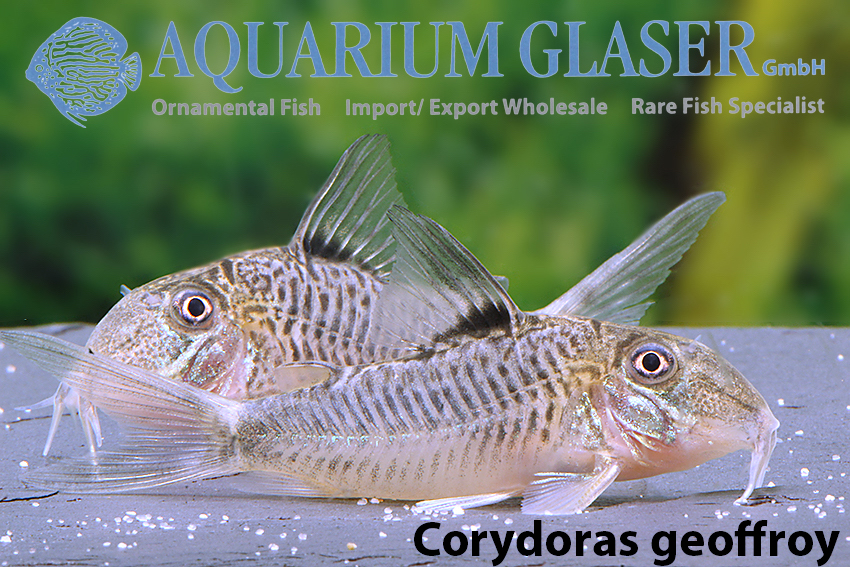
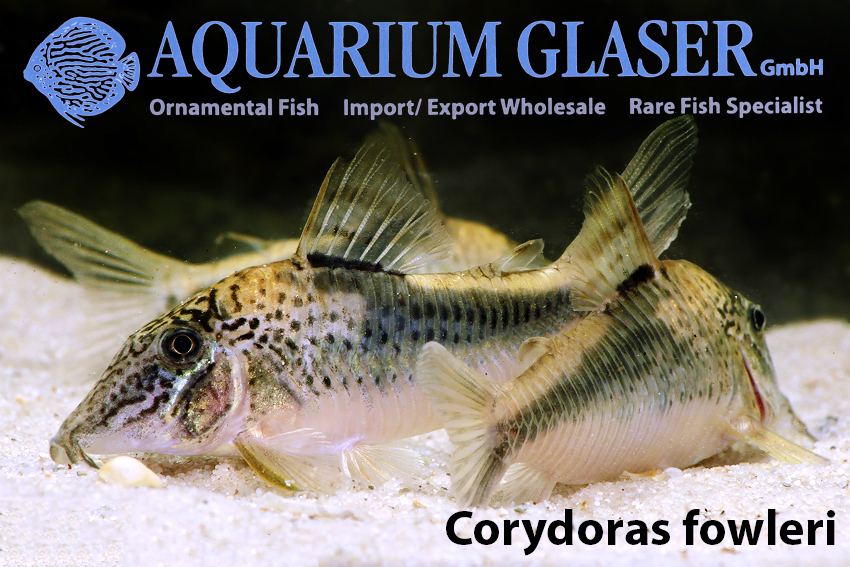
In Corydoras only most of the long-snouted „saddle-snouted“ type remained. The type species is Corydoras geoffroy from Surinam, a species that has long been a mystery. You can find out more about C. geoffroy here: https://www.aquariumglaser.de/en/10-catfishes/corydoras-geoffroy-4/. The following species are referred to as belonging to Corydoras in the revision: Corydoras acutus, Corydoras amapaensis, Corydoras areio, Corydoras aurofrenatus, Corydoras blochi, Corydoras caramater, Corydoras cervinus, Corydoras coriatae, Corydoras cortesi, Corydoras desana, Corydoras filamentosus, Corydoras fowleri, Corydoras fulleri, Corydoras geoffroy (type species), Corydoras maculifer, Corydoras narcissus, Corydoras negro, Corydoras ourastigma, Corydoras oxyrhynchus, Corydoras pastazensis, Corydoras saramaccensis, Corydoras sarareensis, Corydoras semiaquilus, Corydoras septentrionalis, Corydoras serratus, Corydoras simulatus, Corydoras solox, Corydoras spilurus, Corydoras stenocephalus, Corydoras treitlii, Corydoras vittatus and Corydoras zawadzkii.
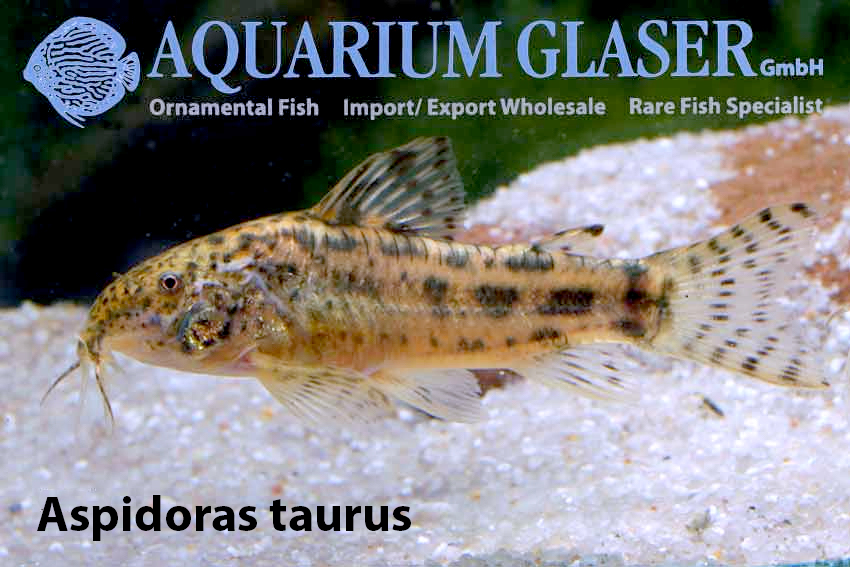
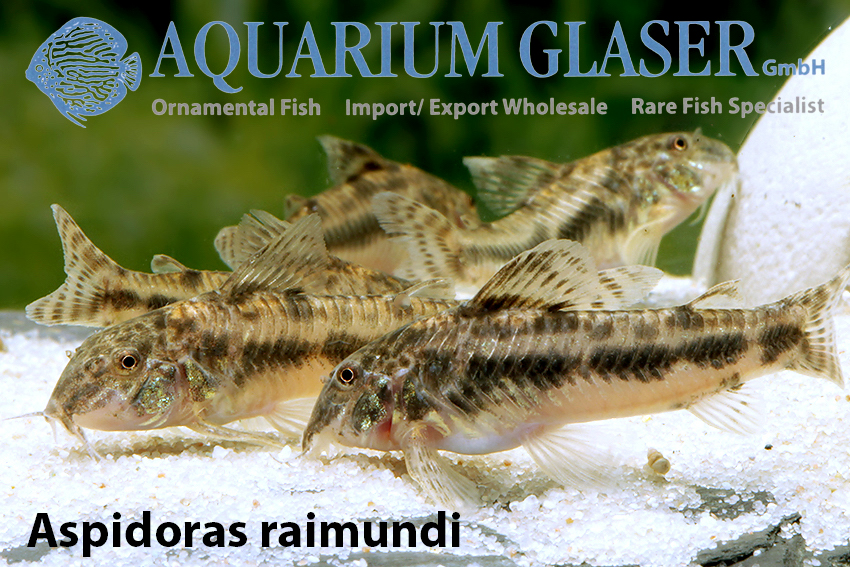
Aspidoras basically remains the same. The authors list these species: Aspidoras albater, Aspidoras aldebaran, Aspidoras azaghal, Aspidoras belenos, Aspidoras brunneus, Aspidoras carvalhoi, Aspidoras depinnai, Aspidoras fuscoguttatus, Aspidoras gabrieli; Aspidoras kiriri, Aspidoras lakoi, Aspidoras maculosus, Aspidoras mephisto, Aspidoras poecilus, Aspidoras psammatides, Aspidoras raimundi, Aspidoras rochai (type species) and Aspidoras velites. The pauciradiatus, previously classified as Aspidoras, is missing here. Thus, the authors confirm the previously published revision of Aspidoras (Tencatt, L. F. C., Britto, M.R., Isbrücker, I.J.H. et al. (2022): Taxonomy of the armored catfish genus Aspidoras (Siluriformes: Callichthyidae) revisited, with the description of a new species. Neotropical Ichthyology 20: e220040). Currently, pauciradiatus is listed in the genus Gastrodermus (see below) and the correct name combination is Gastrodermus pauciradiatus.
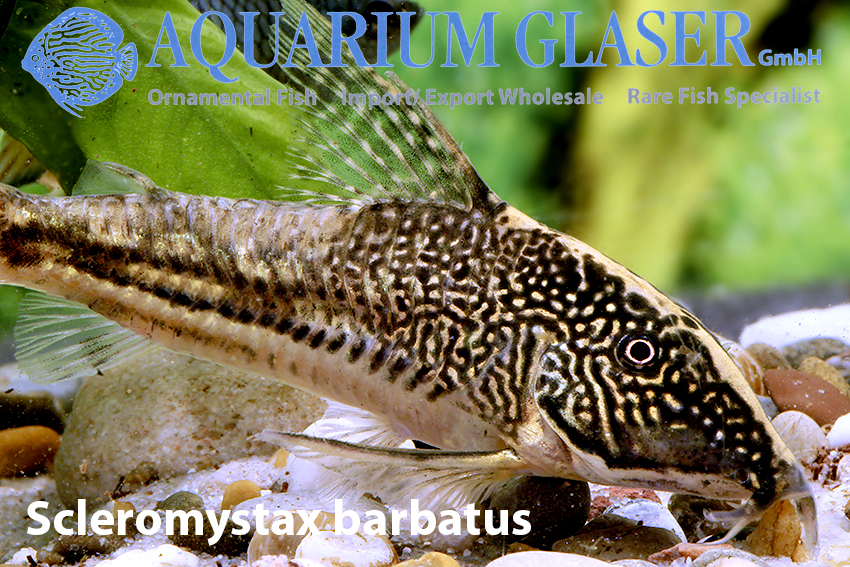
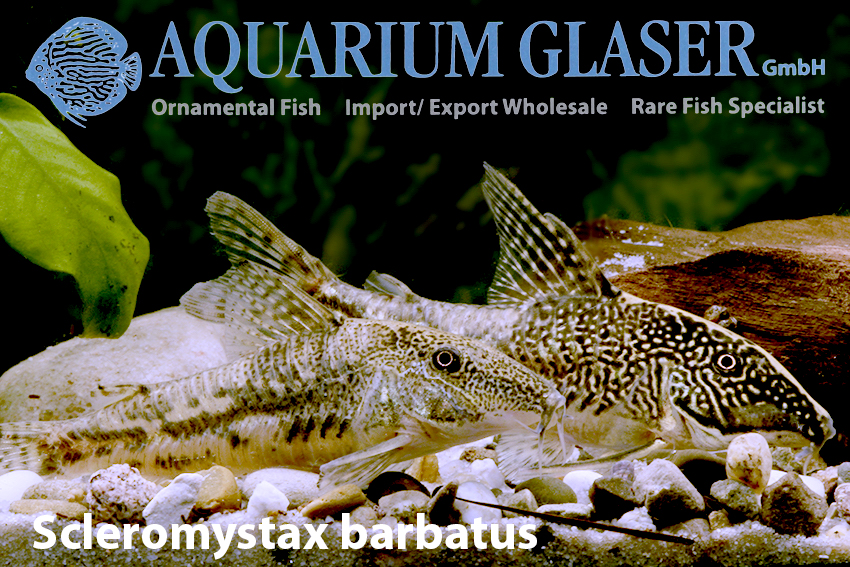
The bearded species from the south are still in Scleromystax. Not much has changed here either, except that Corydoras lacerdai has now also been formally transferred to Scleromystax. In practice, this has been the case for some time. And the transfer of the former Aspidoras virgulatus to Scleromystax has also been confirmed. These are the species: Scleromystax barbatus (type species), Scleromystax lacerdai, Scleromystax macropterus, Scleromystax prionotos, Scleromystax reisi, Scleromystax salmacis and Scleromystax virgulatus.
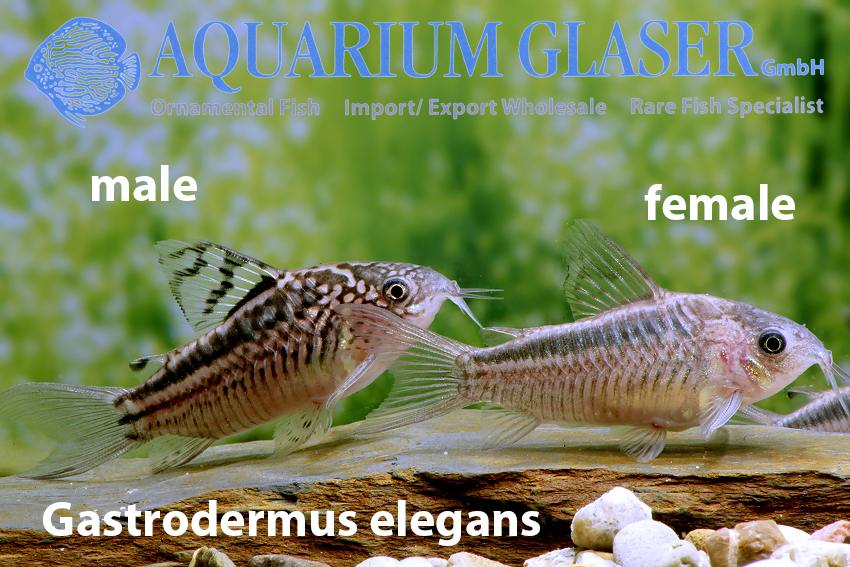
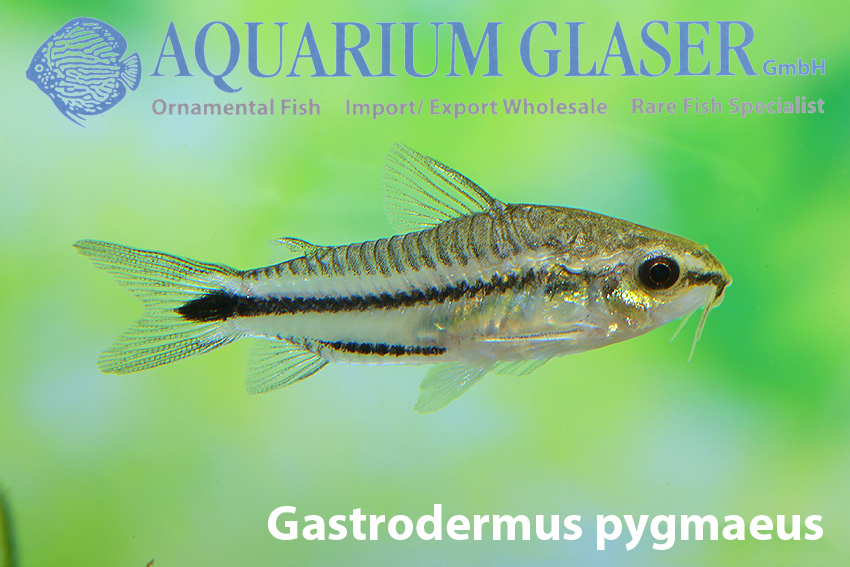
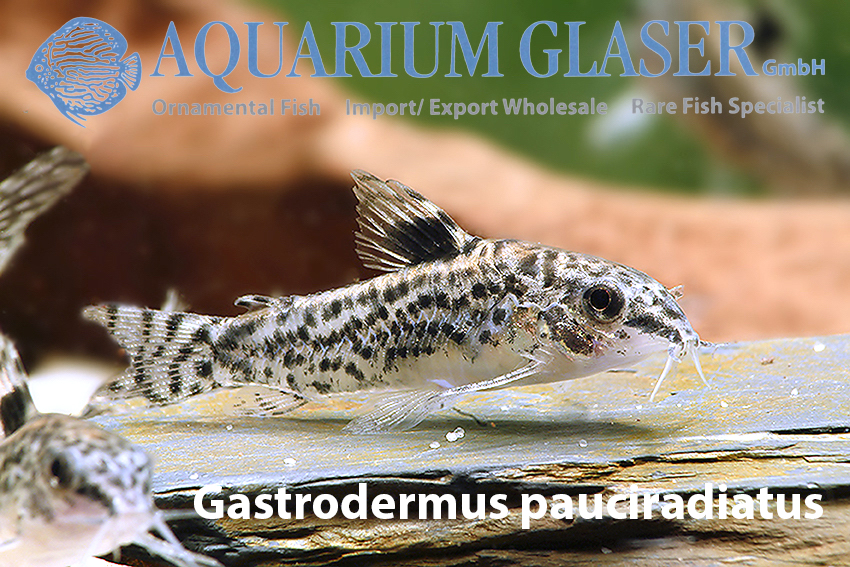
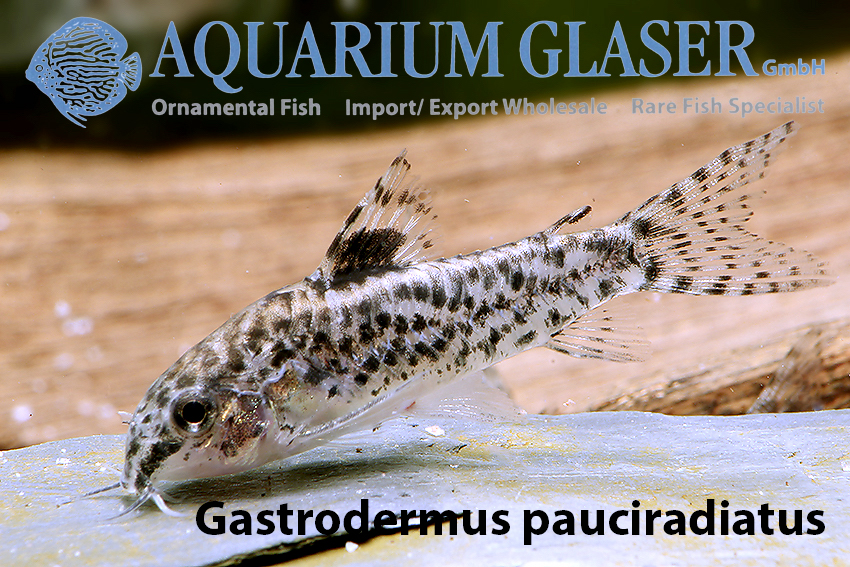
The elegans-like (including the dwarf armored catfish) were assigned to the old genus Gastrodermus, which was previously considered synonymous with Corydoras. Gastrodermus was established by Cope in 1878 for Corydoras elegans. Previously, this genus included only species that exhibited sexual dichromatism (i.e. sexually mature males and females differed in color) and often swam freely in the water. Currently, however, the genus is defined much more broadly, something that certainly still needs to be discussed. These are the species: Gastrodermus bilineatus, Gastrodermus elegans (type species), Gastrodermus gracilis, Gastrodermus guapore, Gastrodermus hastatus, Gastrodermus latus, Gastrodermus mamore, Gastrodermus nanus, Gastrodermus napoensis, Gastrodermus nijsseni, Gastrodermus paucerna, Gastrodermus pauciradiatus, Gastrodermus pygmaeus and Gastrodermus undulatus. I personally miss pantalanensis here, which was placed with Brochis by the authors.
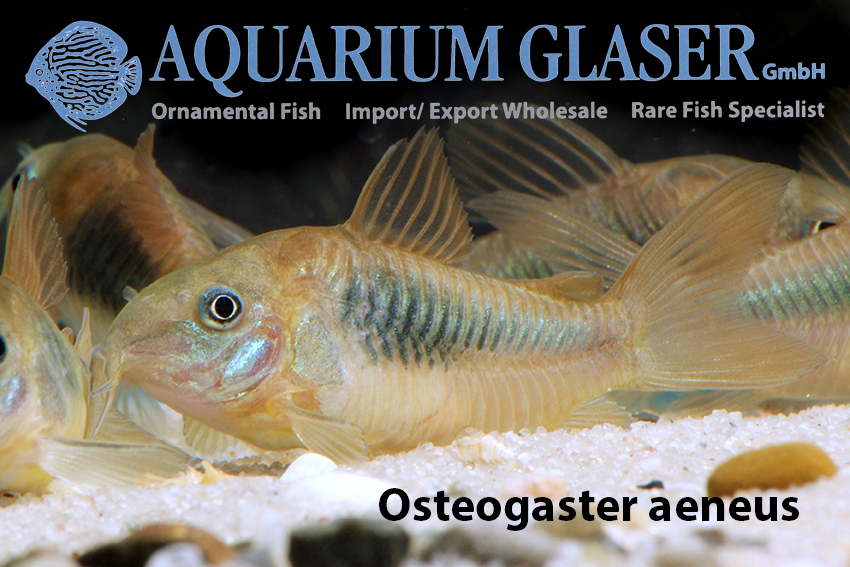
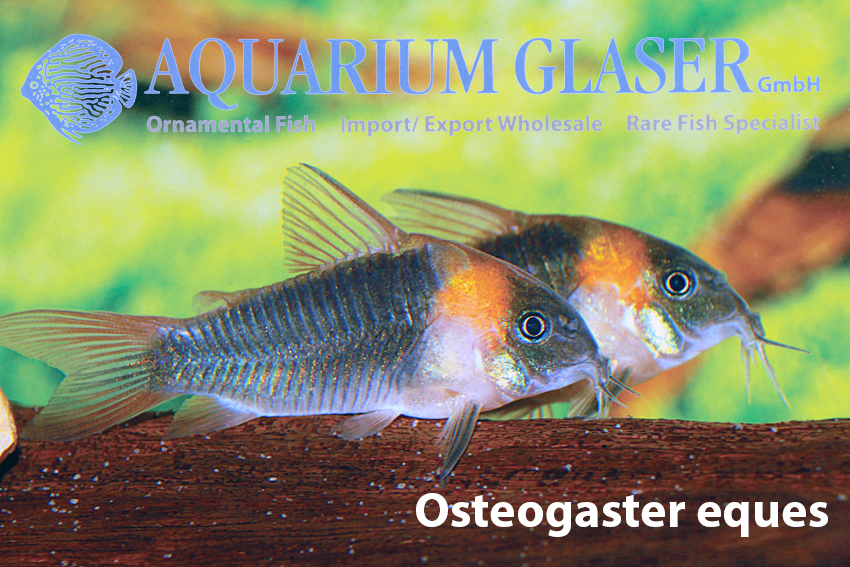
An old name was also reactivated for the bronze corys: Osteogaster. Osteogaster was established by Cope in 1894 for Corydoras eques. The authors of the revision concede that this is probably a paraphyletic group that requires further work, especially as some important species could not be included in the analyses and the alpha taxonomy (i.e. the question of how many species there really are and how they can be distinguished from one another) is completely unclear, especially in the case of the true bronze corys. Until this can be investigated in more detail, the following species are included in Osteogaster: Osteogaster aeneus, Osteogaster eques (type species), Osteogaster hephaestus, Osteogaster maclurei, Osteogaster melanotaenia, Osteogaster rabauti and Osteogaster zygatus. In the discussion with the authors of the revision on Research Gate (a kind of Facebook for scientists), it is pointed out that the grammatical gender of Osteogaster is female. Accordingly, species names that are of adjectival origin must be adapted in gender. This concerns Osteogaster zygatus, which should therefore be called Osteogaster zygata.
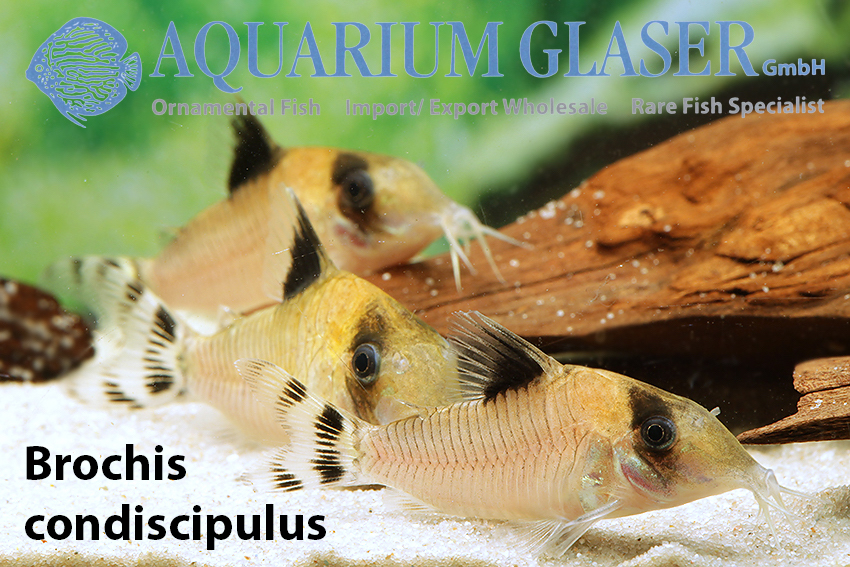
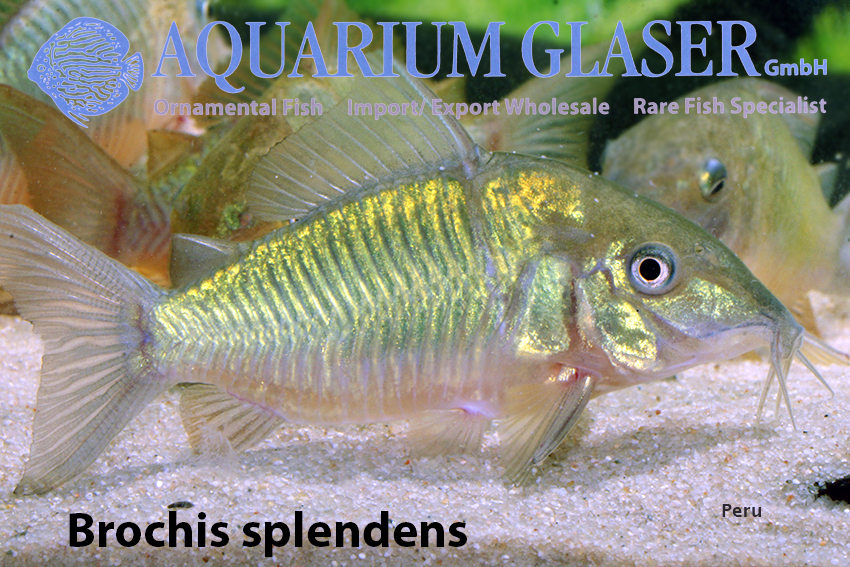
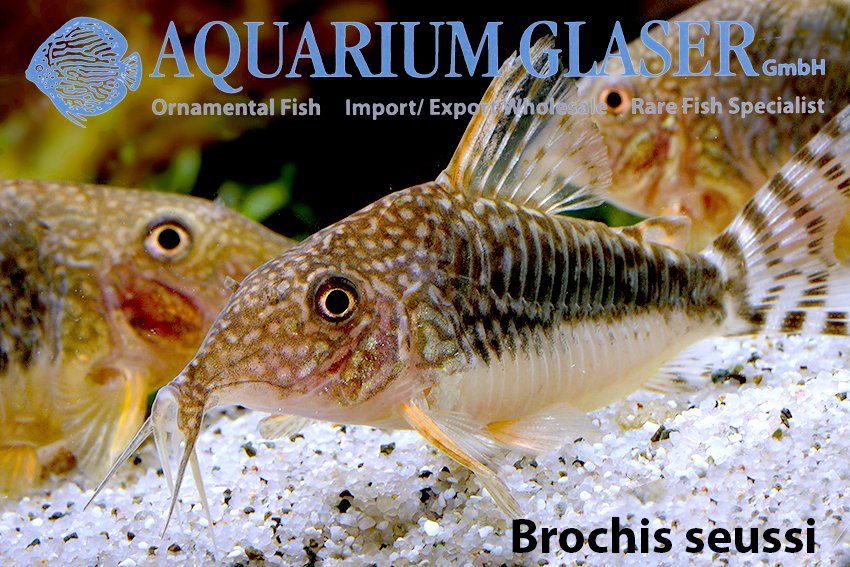
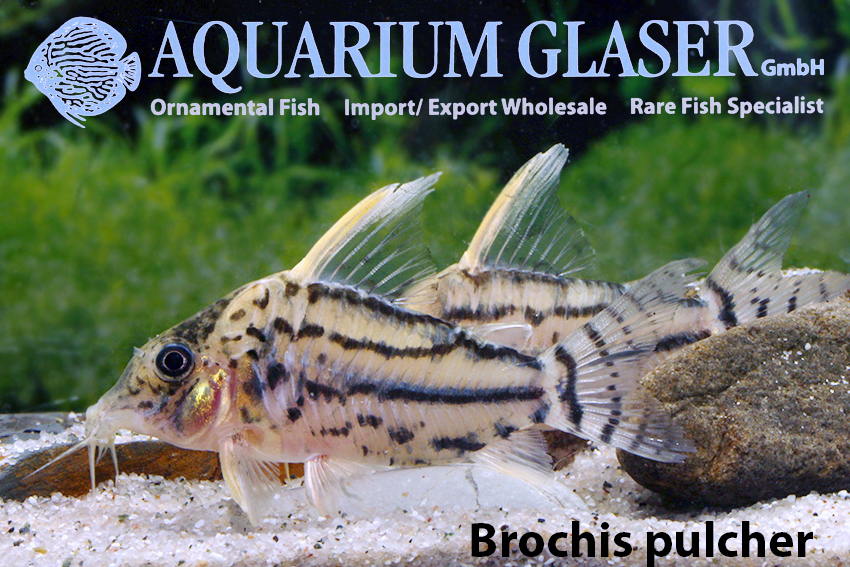
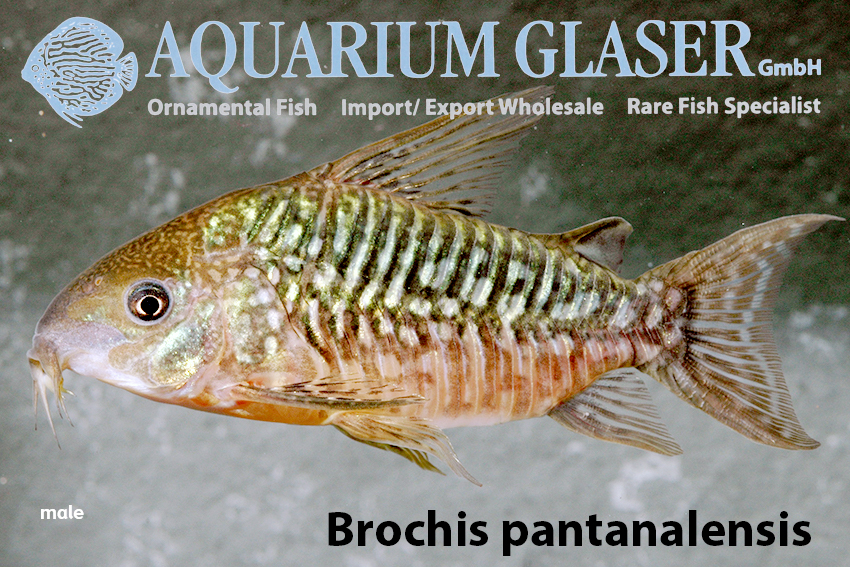
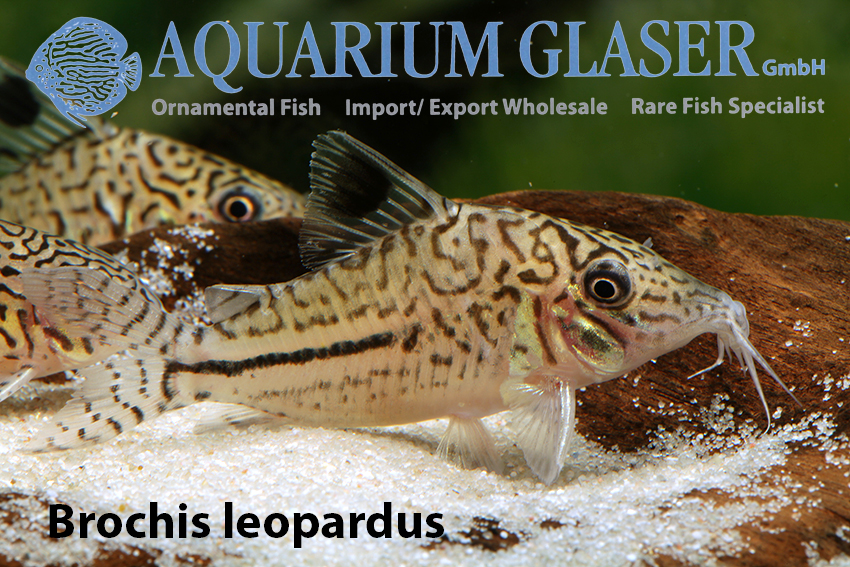
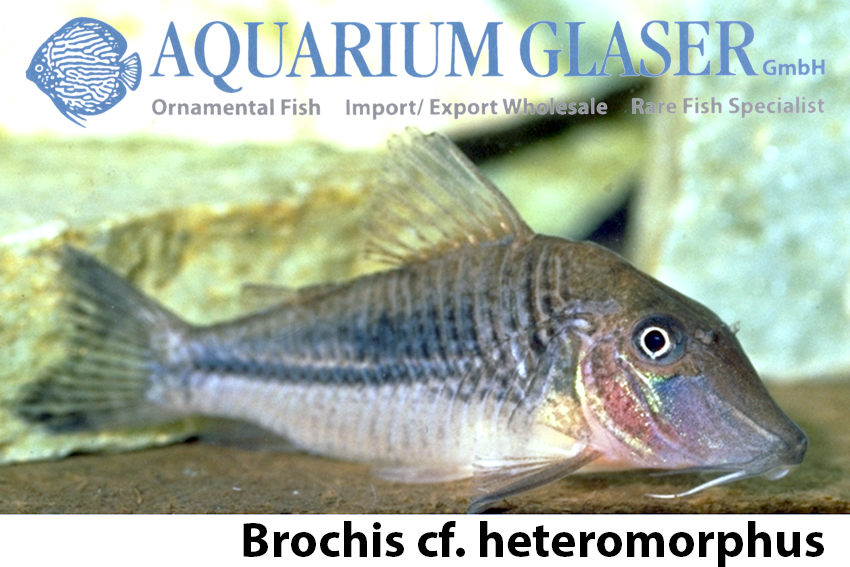
Up to this point, anyone who has studied these fish can probably follow. Now, however, it becomes quite debatable: a large number of species are included in a large genus Brochis with the emerald armored catfish! The former Corydoras agassizii is now also included here, along with closely related spotted species and a number of completely different species. This is at least intuitively incomprehensible. The classic concept of Brochis is based primarily on the long dorsal fin with considerably more rays than in all other Corydoradinae. This was previously (incomprehensibly to me) dismissed as irrelevant. Let’s see how this new concept of Brochis, which (among numerous other findings) is essentially based on the fact that the inner teeth of the pectoral fin spine are predominantly directed towards the body, will be accepted. These species are assigned to Brochis: Brochis agassizii, Brochis amandajanea, Brochis ambiacus, Brochis approuaguensis, Brochis arcuatus, Brochis bethanae, Brochis bifasciatus, Brochis britskii, Brochis brittoi, Brochis condiscipulus, Brochis costai, Brochis crimmeni, Brochis crypticus, Brochis delphax, Brochis deweyeri, Brochis difluviatilis, Brochis ephippifer, Brochis garbei, Brochis geryi, Brochis gomezi, Brochis haraldschultzi, Brochis heteromorphus, Brochis imitator, Brochis incolicana, Brochis isbrueckeri, Brochis lamberti, Brochis leopardus, Brochis multiradiatus, Brochis noelkempffi, Brochis ornatus, Brochis orphnopterus, Brochis pantanalensis, Brochis pinheiroi, Brochis pulcher, Brochis reticulatus, Brochis robineae, Brochis robustus, Brochis seussi, Brochis sodalis, Brochis spectabilis, Brochis splendens (type species), Brochis sychri and Brochis virginiae. To me, this Brochis group seems heterogeneous and most likely polyphyletic; it is mainly what we in the hobby call “long-snouted”. However, I would have preferred to see some of these animals (especially heteromorphus) in Corydoras s. str., but as I said, let’s wait and see.
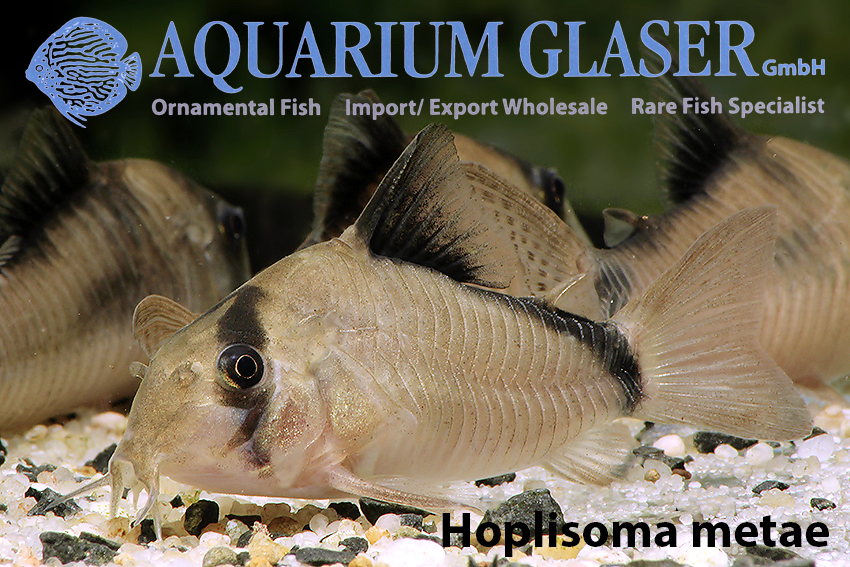
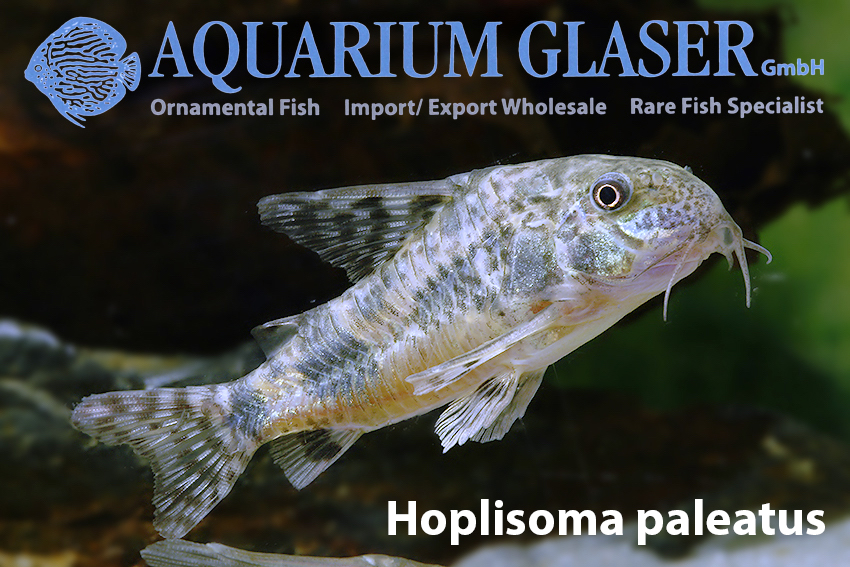
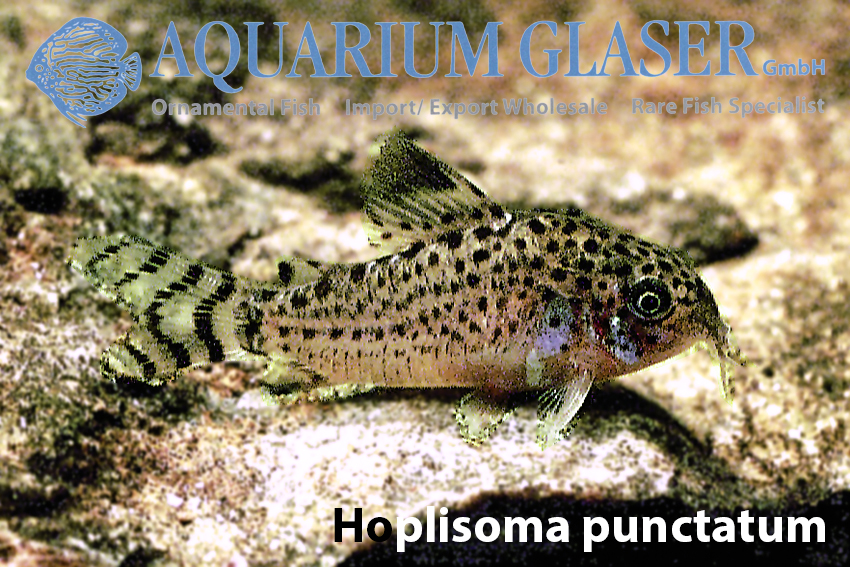
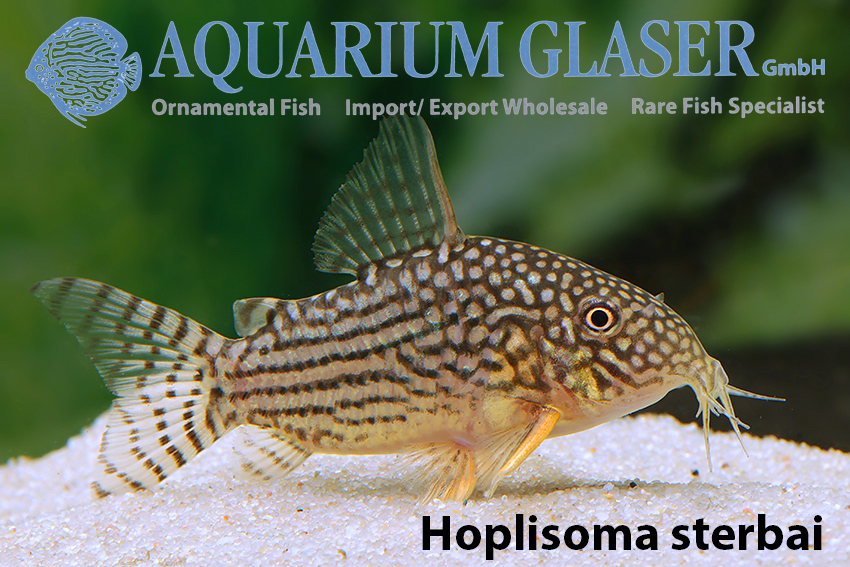
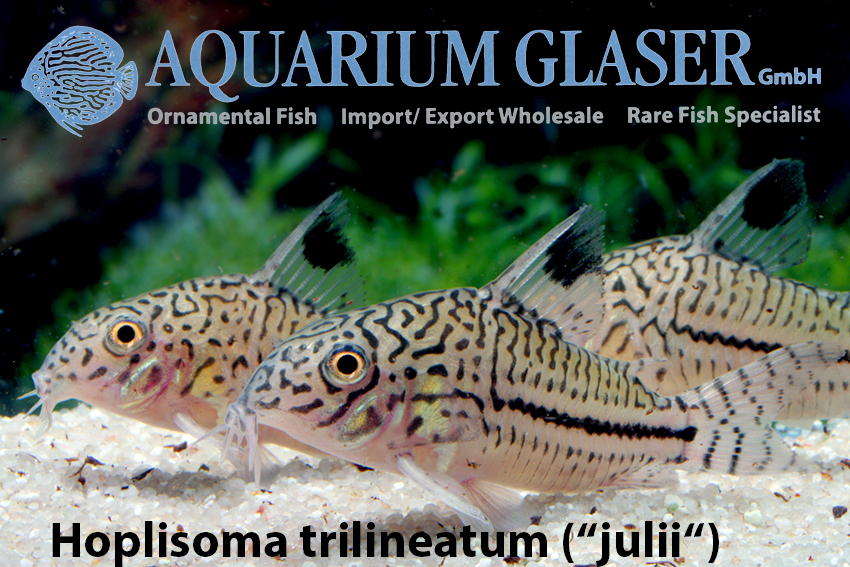
The second “new” collective genus is Hoplisoma. This genus was also established early on for Corydoras punctatus (1838) but has so far been synonymized with Corydoras. In my opinion, Hoplisoma actually only includes the julii complex (copei, julii, punctatus, trilineatus etc.), but is defined much more broadly by the authors. Practically all so-called “round snouts” can be found here. These are the following species: Hoplisoma acrensis, Hoplisoma adolfoi, Hoplisoma albolineatus, Hoplisoma amphibelus, Hoplisoma apiaka, Hoplisoma araguaiaensis, Hoplisoma armatus, Hoplisoma atropersonatus, Hoplisoma axelrodi, Hoplisoma baderi, Hoplisoma benattii, Hoplisoma bicolor, Hoplisoma boehlkei, Hoplisoma boesemani, Hoplisoma bondi, Hoplisoma breei, Hoplisoma brevirostris, Hoplisoma burgessi, Hoplisoma carlae, Hoplisoma caudimaculatus, Hoplisoma cochui, Hoplisoma colossus, Hoplisoma concolor, Hoplisoma copei, Hoplisoma coppenamensis, Hoplisoma cruziensis, Hoplisoma davidsandsi, Hoplisoma diphyes, Hoplisoma duplicareus, Hoplisoma ehrhardti, Hoplisoma esperanzae, Hoplisoma evelynae, Hoplisoma eversi, Hoplisoma flaveolus, Hoplisoma froehlichi, Hoplisoma gladysae, Hoplisoma gossei, Hoplisoma granti, Hoplisoma griseus, Hoplisoma gryphus, Hoplisoma guianensis, Hoplisoma habrosus, Hoplisoma julii, Hoplisoma kanei, Hoplisoma knaacki, Hoplisoma lacrimostigmata, Hoplisoma leucomelas, Hoplisoma longipinnis, Hoplisoma loretoensis, Hoplisoma loxozonus, Hoplisoma lymnades, Hoplisoma melanistius, Hoplisoma melini, Hoplisoma metae, Hoplisoma micracanthus, Hoplisoma microcephalus, Hoplisoma multimaculatus, Hoplisoma nattereri, Hoplisoma oiapoquensis, Hoplisoma ortegai, Hoplisoma osteocarus, Hoplisoma paleatus, Hoplisoma panda, Hoplisoma paragua, Hoplisoma parallelus, Hoplisoma pavanelliae, Hoplisoma petracinii, Hoplisoma polystictus, Hoplisoma potaroensis, Hoplisoma punctatus (type species), Hoplisoma revelatus (only known in fossil form), Hoplisoma reynoldsi, Hoplisoma sanchesi, Hoplisoma schwartzi, Hoplisoma similis, Hoplisoma sipaliwini, Hoplisoma steindachneri, Hoplisoma sterbai, Hoplisoma surinamensis, Hoplisoma trilineatus, Hoplisoma tukano, Hoplisoma urucu, Hoplisoma weitzmani and Hoplisoma xinguensis. In the discussion at Research Gate, Corydoras psamathos, C. hypnos and C. thanatos were also assigned to Hoplisoma by the authors; apparently an improved version is currently being worked on, a so-called Erratum, in which grammatical issues are also to be addressed.
Hoplisoma has similar issues to Brochis above. In my opinion, five or more different genera can easily be established in this group. But one must not be too impatient in such matters. Someone has to make a start, which has now been done, and there will undoubtedly be some fine-tuning in subsequent work over the next few years to examine and evaluate these points. This was the case with the former Cichlasoma, with the Barbus/Puntius relatives, with the Botia relatives etc. pp. and it will be the same here. In this respect: let’s start by relearning names, brain jogging keeps you young and fit and the Corydoradinae really do offer enough material for many a brain jogging exercise trail!
Literature:
Dias, A.C., Tencatt, L.F.C., Roxo, F.F., Silva, G.S.C., Santos, S.A., Britto, M.R., Taylor, M.I. & Oliveira, C. (2024): Phylogenomic analyses in the complex Neotropical subfamily Corydoradinae (Siluriformes: Callichthyidae) with a new classification based on morphological and molecular data. Zoological Journal of the Linnean Society, zlae053, Published: 11 June 2024
Text & Photos: Frank Schäfer




